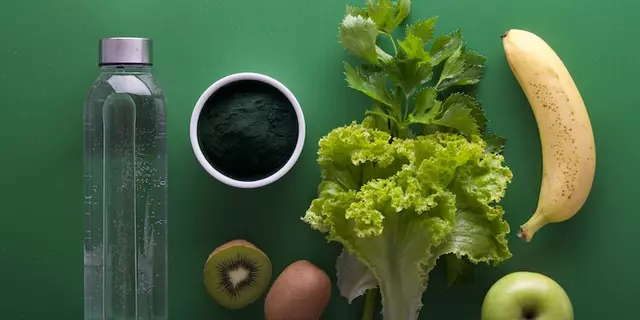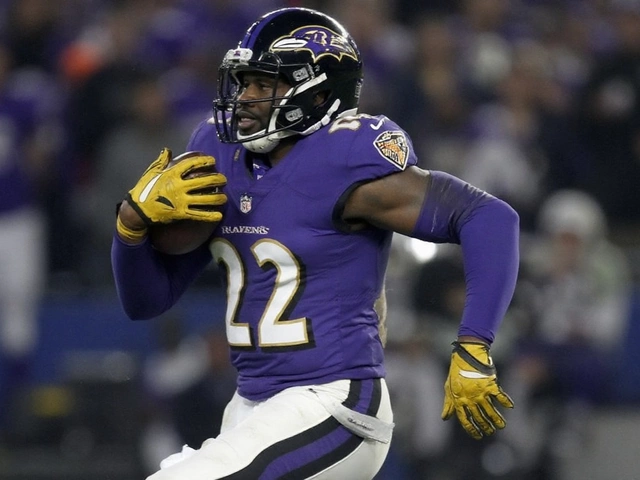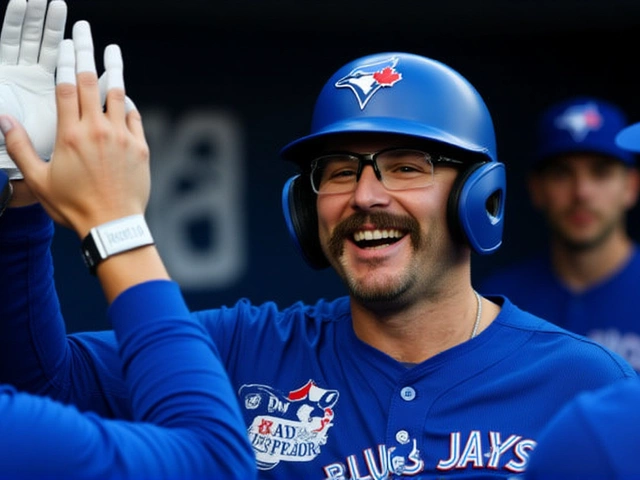Bulls stun Heat 133-124 as Buzelis, Giddey lead young core to post-LaVine victory
When the Chicago Bulls traded Zach LaVine to the Sacramento Kings just two days earlier, many wondered if their season was unraveling. But on Tuesday, February 4, 2025, at the United Center, the team didn’t just hold together—they exploded. In a stunning 133-124 comeback win over the Miami Heat, Chicago’s young core turned a 10-point halftime deficit into a 39-21 fourth-quarter avalanche, proving the franchise’s future isn’t built on one star—it’s built on depth, energy, and fearless execution.
Young Fireworks Ignite the Fourth Quarter
The Chicago Bulls trailed by 10 at halftime, and by the start of the fourth, they were still down 118-114. But then, everything changed. Over the final five minutes, the Bulls unleashed a 11-2 run fueled by clutch shooting, relentless defense, and a level of poise you don’t usually see from a team that just lost its leading scorer. Matas Buzelis, the 19-year-old Lithuanian rookie, was perfect—10-for-10 from the field, including two threes, finishing with 24 points. He didn’t miss a single shot. Not one. Meanwhile, Josh Giddey, the Australian playmaker, matched him with 24 points of his own, slicing through Miami’s defense like a hot knife through butter. Their chemistry wasn’t just good—it was electric.
And then there was Coby White. The 24-year-old guard, often criticized for inconsistency, delivered when it mattered most. He finished with 22 points, seven assists, and nailed two dagger threes in the final two minutes. "He stepped into the crunch-time role like he’d been doing it his whole life," noted Bleacher Nation’s postgame analysis. White didn’t just score—he controlled tempo, making the right pass when double-teamed and pulling up from 25 feet when the defense overplayed.
Behind the Numbers: Precision Over Power
The Bulls didn’t win by outmuscling Miami. They won by outsmarting them. Chicago shot 52.7% from the field (48-of-91), a blistering 46.3% from beyond the arc (19-of-41), and drained 18-of-22 free throws. That’s not luck—that’s execution. Miami, by contrast, struggled with rhythm. Their 38.6% three-point shooting (17-of-44) was a glaring weakness, especially when you consider they’d shot over 40% from deep in three of their last four games. The Heat’s 21-of-26 free throw performance looked good on paper, but they got there by fouling constantly—Chicago’s ball movement forced them into desperate rotations.
Thirty-five assists on 48 made field goals. That’s the kind of ratio that screams team basketball. Ayo Dosunmu added 21 points and nine assists, tying the knot between the offense’s structure and its spontaneity. The Bulls didn’t rely on isolation plays. They moved the ball, cut hard, and trusted each other. Even their bench contributed—five players scored in double digits, and seven players had at least one three-pointer.
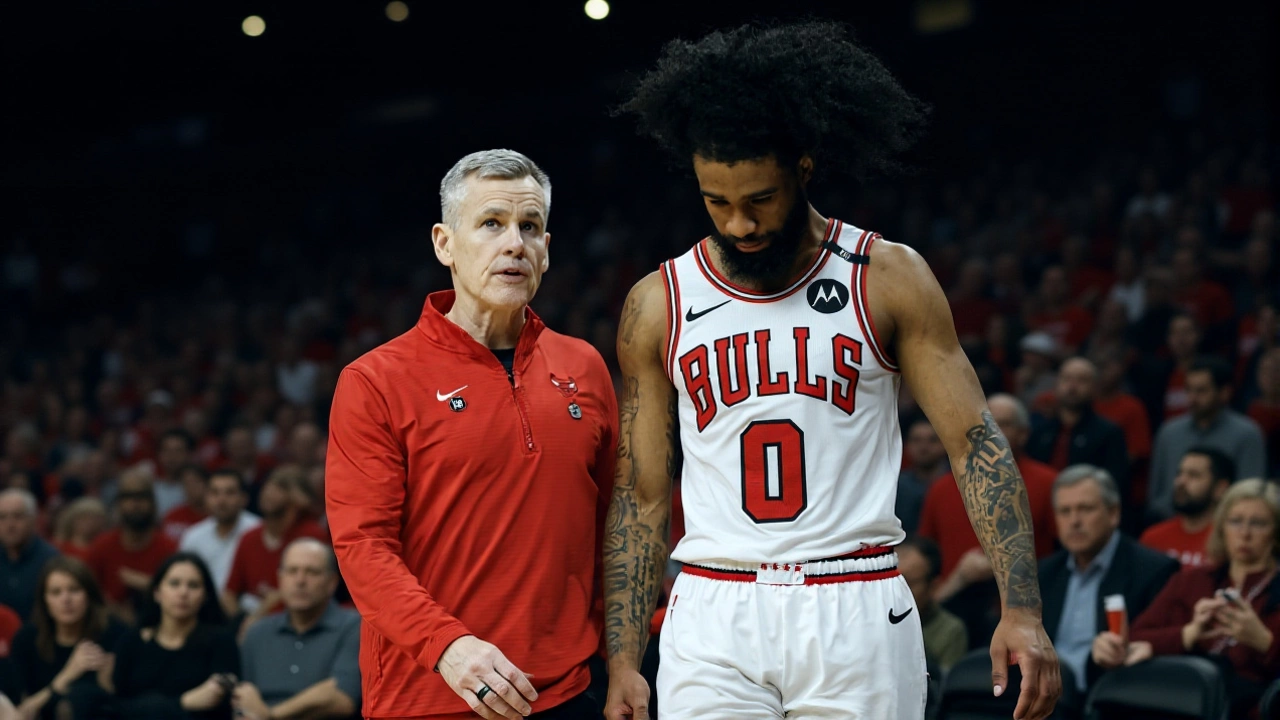
Heat’s Stars Shine, But Not Enough
For Miami, it was a tale of two halves. Tyler Herro and Bam Adebayo each dropped 23 points, with Adebayo adding eight rebounds and three blocks. Nikola Jovic, the Serbian forward, chipped in 20 points off the bench, showing why he’s becoming one of the league’s most underrated young talents. But when the game tightened, Miami’s offense stalled. They settled for contested jumpers. They missed open looks. And when Chicago’s defense locked in, the Heat didn’t have a clear Plan B.
Kel’el Ware, the 20-year-old center, was a bright spot with 17 points and 12 rebounds, but he was isolated too often in the fourth quarter. The Heat’s reliance on individual playmaking—Herro’s pull-ups, Adebayo’s post-ups—backfired when Chicago’s perimeter pressure disrupted their rhythm. It’s a familiar problem for Miami: talent, yes. Cohesion? Not always.
A New Identity After LaVine’s Departure
This win wasn’t just about beating Miami. It was about answering a question that hung over Chicago like smoke after a fire: Can they survive without Zach LaVine? The answer, delivered with authority on Tuesday night, was a resounding yes. LaVine, the two-time All-Star who averaged 24.5 points per game last season, was traded on Sunday, February 2, 2025, in a move that stunned fans but signaled a clear pivot toward youth and versatility. And now, just 48 hours later, the Bulls didn’t just hold serve—they surpassed expectations.
With the win, Chicago improved to 8-6 on the season, climbing into third place in the Eastern Conference’s Central Division. Their two-game winning streak now includes back-to-back double-digit comebacks. The Detroit Pistons still lead the conference at 13-2, and the Cleveland Cavaliers sit at 10-6, but Chicago’s momentum is real. The team’s offensive rating jumped to 121.3 over the last two games—top five in the league.
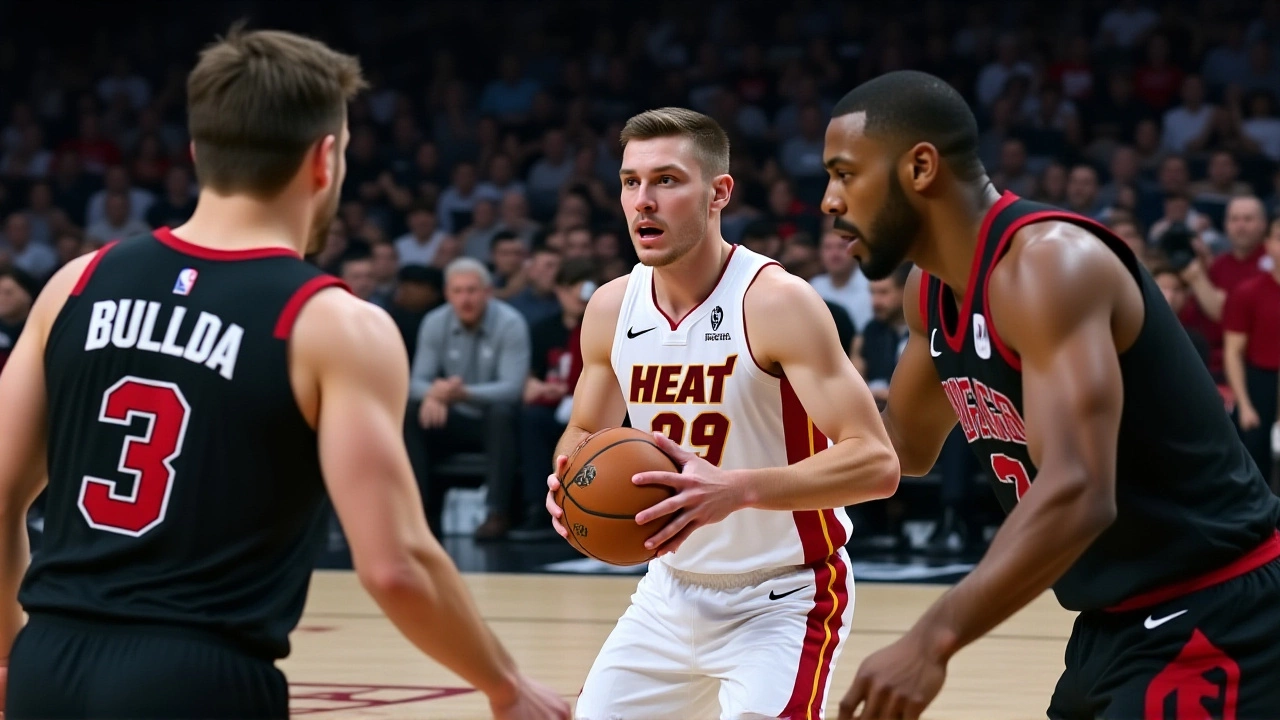
What’s Next for the Bulls?
The schedule doesn’t get easier. Up next: a home game against the Milwaukee Bucks on Friday, followed by a road trip to Boston. But if this performance is any indication, Chicago isn’t rebuilding. They’re redefining. Buzelis, Giddey, White, and Dosunmu are forming a core that doesn’t need a superstar to win—they just need trust, ball movement, and confidence. And after Tuesday night, they’ve got all three.
Frequently Asked Questions
How did Matas Buzelis go 10-for-10 from the field?
Buzelis’s perfect shooting night came from smart positioning, quick releases, and exceptional footwork. He didn’t force shots—he waited for the right angles, mostly finishing at the rim or stepping into open threes after off-ball screens. His 10 attempts included six layups, two mid-range jumpers, and two three-pointers, all coming from high-percentage looks created by Chicago’s ball movement. It’s the first 10-for-10 game by a Bulls player since 1997.
Why did the Bulls’ fourth quarter outscore Miami by 18 points?
Chicago’s fourth-quarter surge was fueled by relentless ball movement (12 assists in the final 12 minutes) and aggressive drives to the basket. Miami’s defense collapsed on the perimeter, leaving the paint wide open. The Bulls scored 39 points in the quarter, with 24 coming from inside the paint and 15 from three-pointers. They also forced Miami into four turnovers in the final five minutes, turning them into fast-break points.
What does this win mean for the Bulls’ playoff chances?
With an 8-6 record and the league’s 7th-best offensive rating, Chicago is firmly in the Eastern Conference playoff picture. They’re now just 1.5 games behind the Cavaliers and only 2.5 behind the Pistons. Their depth and young core make them a dangerous dark horse—especially if they maintain their current pace. Analysts now believe they could sneak into the top four if they keep playing with this level of cohesion.
How did the Heat respond to Chicago’s comeback?
Miami’s coaching staff didn’t adjust effectively. They kept switching on screens, which allowed Giddey and White to exploit mismatches. Adebayo was pulled for defensive substitutions too late, and Herro was forced into isolation plays when the offense stalled. Coach Erik Spoelstra admitted after the game that they "didn’t have an answer for their pace," and that their own offensive rhythm broke down under Chicago’s defensive pressure.
Is this the start of a new era for the Chicago Bulls?
It very well could be. With LaVine gone, the Bulls have shifted from relying on one All-Star to building around a dynamic, multi-skilled core. Buzelis, Giddey, White, and Dosunmu are all under 25 and have shown they can carry the load. The front office is now being praised for their long-term vision. This win wasn’t a fluke—it was a statement: Chicago’s future isn’t just bright. It’s already here.
What’s the significance of the 35 assists?
Thirty-five assists on 48 made field goals means nearly 73% of Chicago’s baskets came from a pass. That’s elite team basketball—rare for a team without a traditional point guard. It’s the highest assist-to-field-goal ratio the Bulls have posted since the 2016-17 season, when they made the playoffs. It shows the system is working: everyone touches the ball, everyone moves, and everyone scores. That’s the kind of culture that wins in the playoffs.



